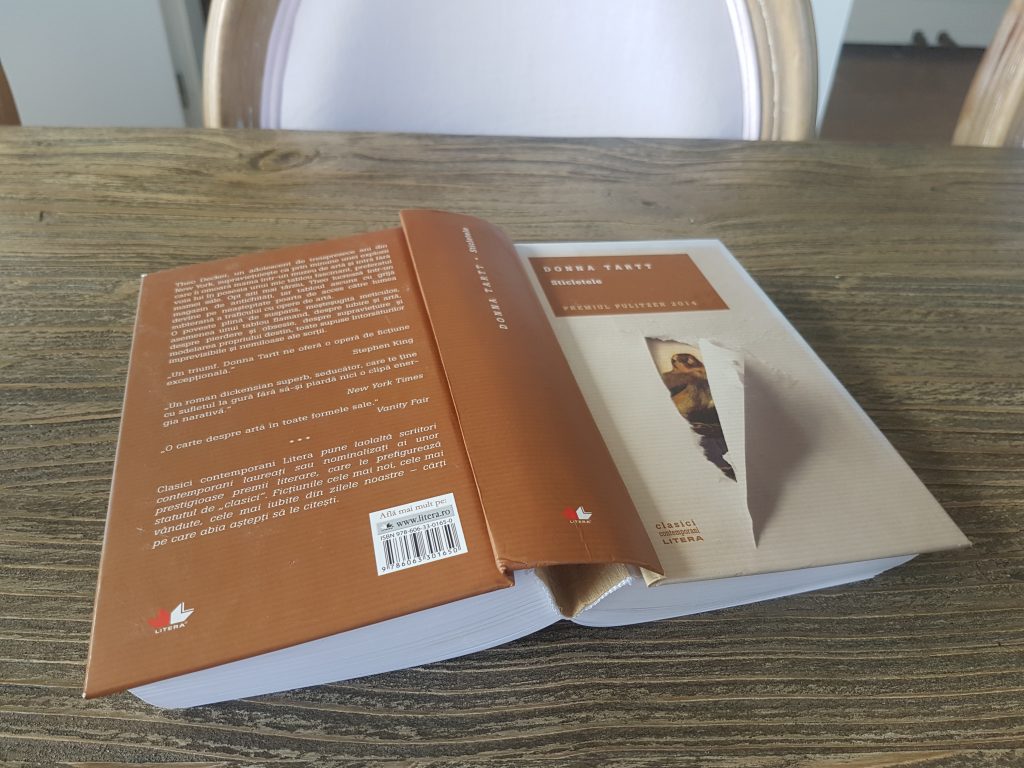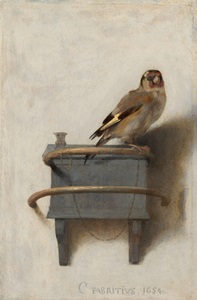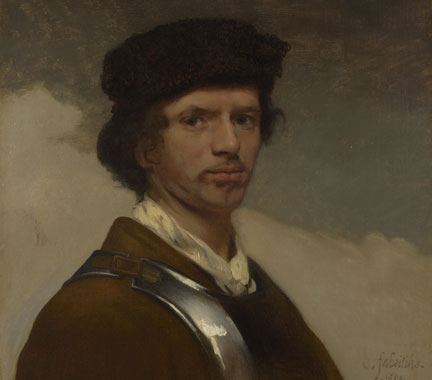I devoured The Goldfinch with an eagerness I didn’t expect. At first, I had my doubts—1108 pages?! (yes, the Litera edition is no joke.) I thought there was no way I’d make it to the end. But then that small painting pulled me in like a secret passageway, and from there… well, let’s just say I barely slept, barely ate, and ignored most adult responsibilities for almost two weeks.
Donna Tartt’s third novel, published in 2013 and winner of the Pulitzer Prize for Fiction in 2014, is more than just a literary success—it’s a hypnotic story about beauty, grief, survival, and fate. It’s about the inexplicable ways in which a painting, a person, or a fleeting moment can shape a life forever.

The novel follows Theo Decker, a 13-year-old boy from New York who survives a terrorist bombing at the Metropolitan Museum of Art. His mother, the light of his life, does not. In the haze of confusion and trauma, Theo walks out of the wreckage with something that doesn’t belong to him: The Goldfinch, a delicate, haunting 1654 painting by Carel Fabritius—his mother’s favorite. He takes it almost by accident, urged by a dying old man in the ruins of the museum. That moment marks the start of Theo’s extraordinary, spiraling journey.
Suddenly orphaned and directionless, Theo is taken in by the wealthy Barbour family on Park Avenue. Their world is polished and distant, and Theo, crushed by grief and out of place in every possible way, finds comfort in the only tangible connection to his mother: the stolen painting. Also etched into his heart is the red-haired girl he saw in the museum—Pippa—Welty Blackwell’s niece. Welty, the man who gave him the ring and set everything in motion.
When Theo’s estranged father appears out of nowhere, he’s dragged to Las Vegas, where reality takes an even darker turn. There, he meets Boris, the chaotic, magnetic son of a Ukrainian miner. Together they drift—drinking, stealing, and numbing themselves from the pain of being young and completely abandoned. Boris is a brilliant character—part clown, part philosopher, part broken soul. Their friendship is intoxicating and toxic all at once.
Eventually, tragedy strikes again, and Theo finds his way back to New York. He reconnects with Hobie, the gentle antique restorer and Welty’s old partner, to whom he had once delivered a ring. Hobie becomes his mentor, his anchor, and the closest thing to a parent he has left. Years pass. Theo grows up and works alongside Hobie, but beneath the surface, he is lost—still in love with Pippa, still haunted by the painting, still unable to outrun the lies and secrets he’s built around both.
And then, of course, the painting re-emerges—not just as a metaphor for loss and beauty, but as a literal object of desire in the underworld of art theft and forgery.
A quick note for art lovers: the painting at the heart of the story is real. The Goldfinch (Het Puttertje) was painted by Carel Fabritius, a student of Rembrandt, and it’s one of the few works that survived the explosion that killed him in Delft in 1654. Fabritius died at just 32. The painting is tiny, only about the size of a sheet of paper, but it’s mesmerizing—and you can see it today at the Mauritshuis museum in The Hague. In Donna Tartt’s hands, this modest artwork becomes a portal into everything: love, pain, memory, identity.


Of course, no book this big and ambitious escapes critique. Some reviews have called it overwritten or overly long. But personally? I loved it. I loved following Theo from boyhood into adulthood, watching how he never really escaped the moment that shattered him. I loved the literary references, the music woven throughout, the deep dive into art history, craftsmanship, and beauty. I even loved how it made me uncomfortable sometimes, because that’s what good books do.
Okay, I’ll admit—I wished for a slightly different ending. But that’s part of being a reader, right? We carry these characters with us long after the final page and imagine their lives continuing just a bit differently.
So don’t be discouraged by the page count. If you let it, The Goldfinch will pull you into its world—and you’ll be glad you followed.


